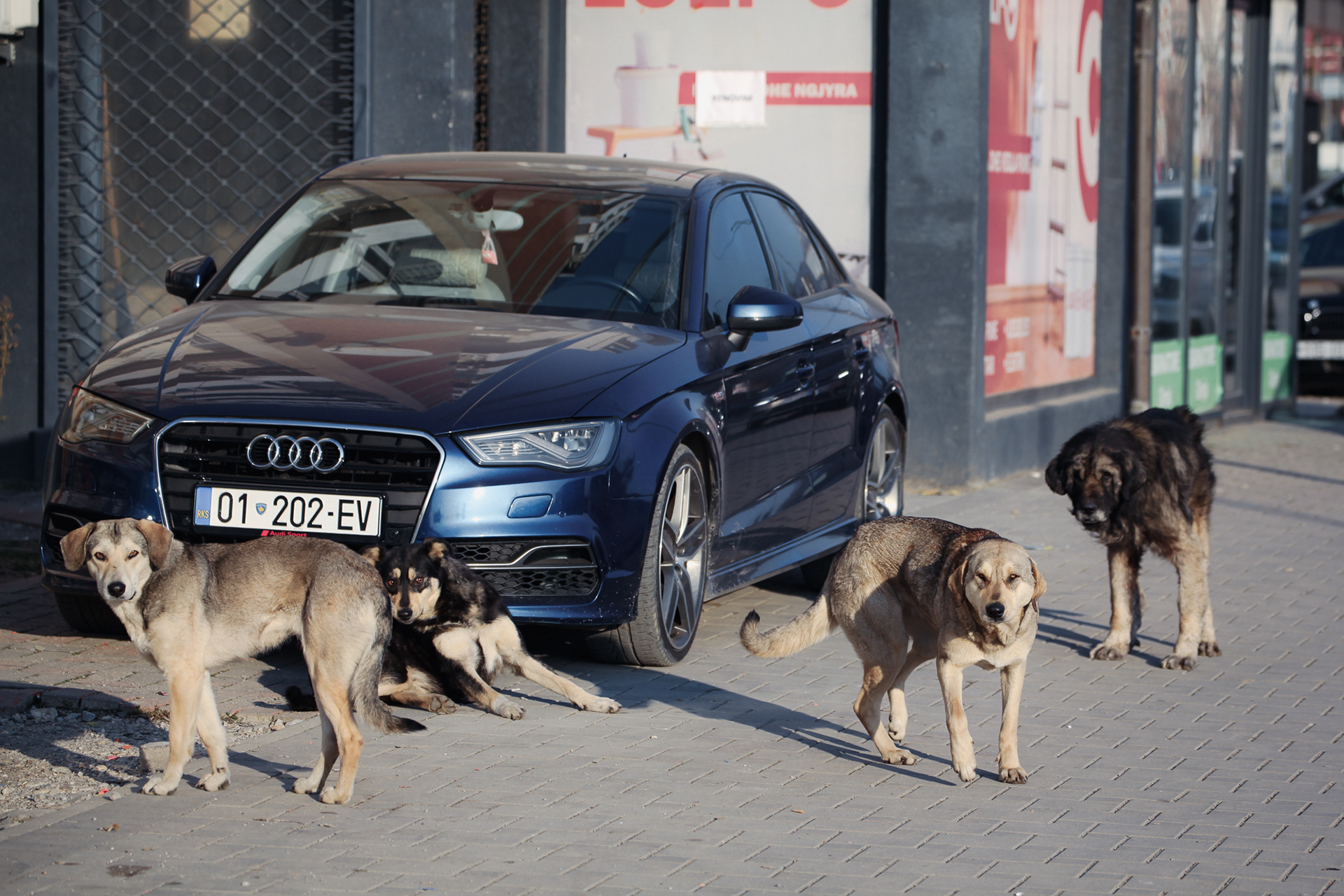In the Balkan Peninsula, a region bordering Western Europe while preserving distinct traditions, the relationship between humans and dogs goes far beyond the familiar concept of "pet". Here the bond is deep and sometimes rough. The centuries-old and still widespread pastoral tradition and the visible presence of free-living dogs tell us about territories where human-dog coexistence is different from contemporary Western standards. By living a life without superfluous comforts, Balkan dogs still have the freedom to be completely animals.
This photographic exploration delves into this dynamic, going beyond the usual narrative of the dog as a companion pet to reveal a bond between the two species forged by necessity. This relationship is shaped by the landscape and reflected in the daily interactions between people and dogs.
Our goal is to capture the raw, often non-verbal understanding between two species sharing an existence. From shepherding to the independent lives of stray dogs in an urban environment, the presence of dogs offers a powerful lens through which to observe society and question the boundaries we draw between the human and animal worlds.
Free-roaming dog in North Macedonia.
The mark on the left ear indicates that the animal was neutered and then released by the staff of the local shelter.
Group of six dogs crossing the street in Kosovo



Stray dogs show impressive skill in navigating urban environments.
Although the city is often a challenging place, free dogs adopt context-specific survival strategies. They move in loosely structured social groups, which can be made up of family units or individuals banding together out of necessity.
Their remarkable adaptability allows crucial knowledge and behavior patterns to be passed down to younger members, helping them survive and thrive in ever-changing urban conditions.